Top Home Renovation Trends in London 2025
London’s housing market continues to evolve, and 2025 brings fresh ideas for homeowners looking to modernise their interior space. In a city of compact flats and cherished period terraces, renovations focus on clever layouts, eco‑friendly upgrades and smart integration – all without giving up on style. This year’s trends blend practical solutions (like extra storage and multi‑purpose rooms) with design features that reflect London tastes: warm natural materials, rich colour accents and a touch of heritage. Below we survey the leading home renovation trends for Londoners in 2025, drawing on the latest industry insights.
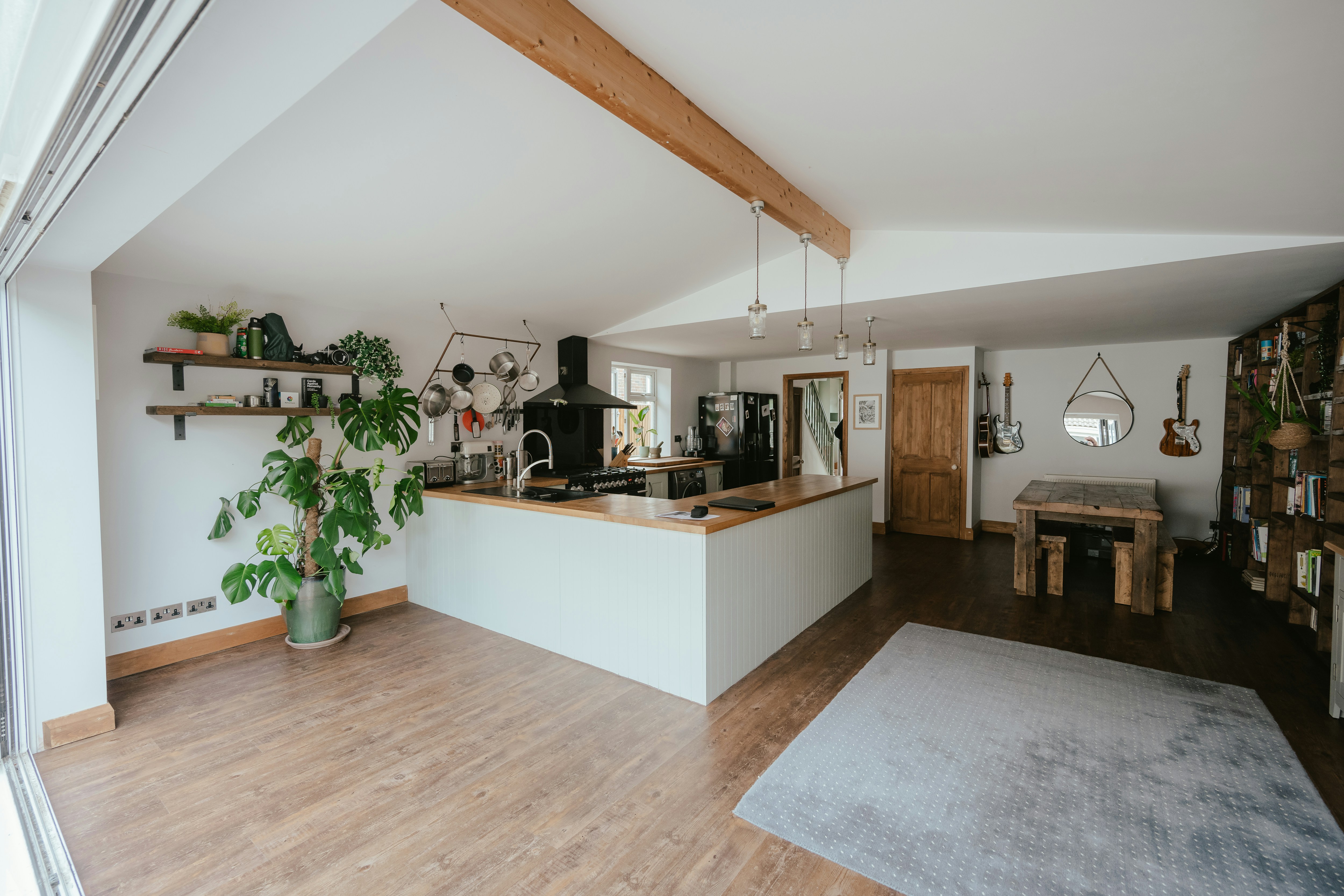
Sustainable and Eco-Friendly Renovations

Homeowners increasingly prioritise sustainability. Retrofitting insulation, double- or triple-glazed windows and efficient heating cuts carbon footprints and energy use. Underfloor heating and air-source heat pumps are popular eco-upgrades, as are solar panels where permitted. Sustainable materials also lead the way: think reclaimed wood, bamboo flooring or low-VOC (low-emission) paints. Many London renovations now specify energy-efficient appliances and water-saving fixtures. In practice, 2025 sees renovations incorporating:
- Improved insulation and glazing for walls and lofts.
- Efficient heating systems (e.g. modern combi boilers, heat pumps).
- Green materials such as reclaimed timber, cork or hemp-derived composites.
- Natural finishes like clay plaster, stone tiles and solid wood that last longer and feel warm underfoot.
These eco‑friendly upgrades maintain classic London character while cutting bills and emissions. In older flats and houses, for example, fitting cavity-wall insulation and slim double glazing can be done sensitively to preserve cornices or period window frames.
Smart Home Integration
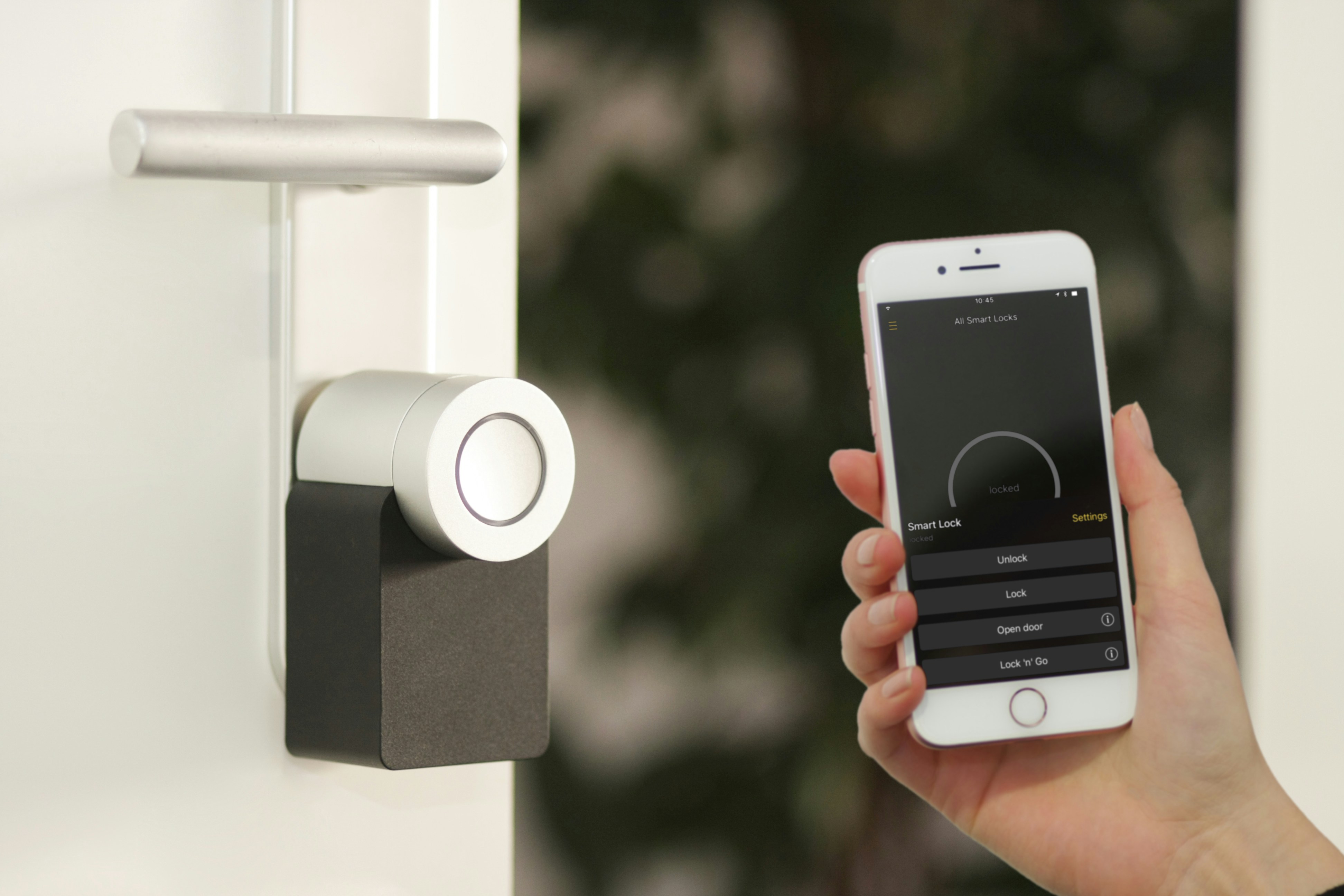
By 2025, smart technology has shifted from luxury to standard expectation in home upgrades. Homeowners are wiring in smart lighting, heating controls and security features early in renovations. Popular additions include app-controlled thermostats, voice-activated lighting and integrated speakers. Security is also high-tech: many fit smart locks and video doorbells to monitor the home remotely. In practice, smart integration often includes:
- Smart lighting (dimmable LEDs or smart bulbs) and motorised blinds controlled by phone or voice.
- Smart heating/energy management systems that optimise boiler or heat pump use.
- Integrated audio-visual setups for built-in speakers, home cinema or multi-room audio.
- Smart security: doorbell cameras and smart locks for peace of mind when away.
Builders now routinely plan conduit runs and network wiring from the outset. This means sockets and data ports are placed strategically behind panels or in junction boxes, keeping the technology discreet. For London households that work remotely or entertain, a smart-integrated renovation feels both modern and convenient.
Open-Plan and Multi-Functional Layouts
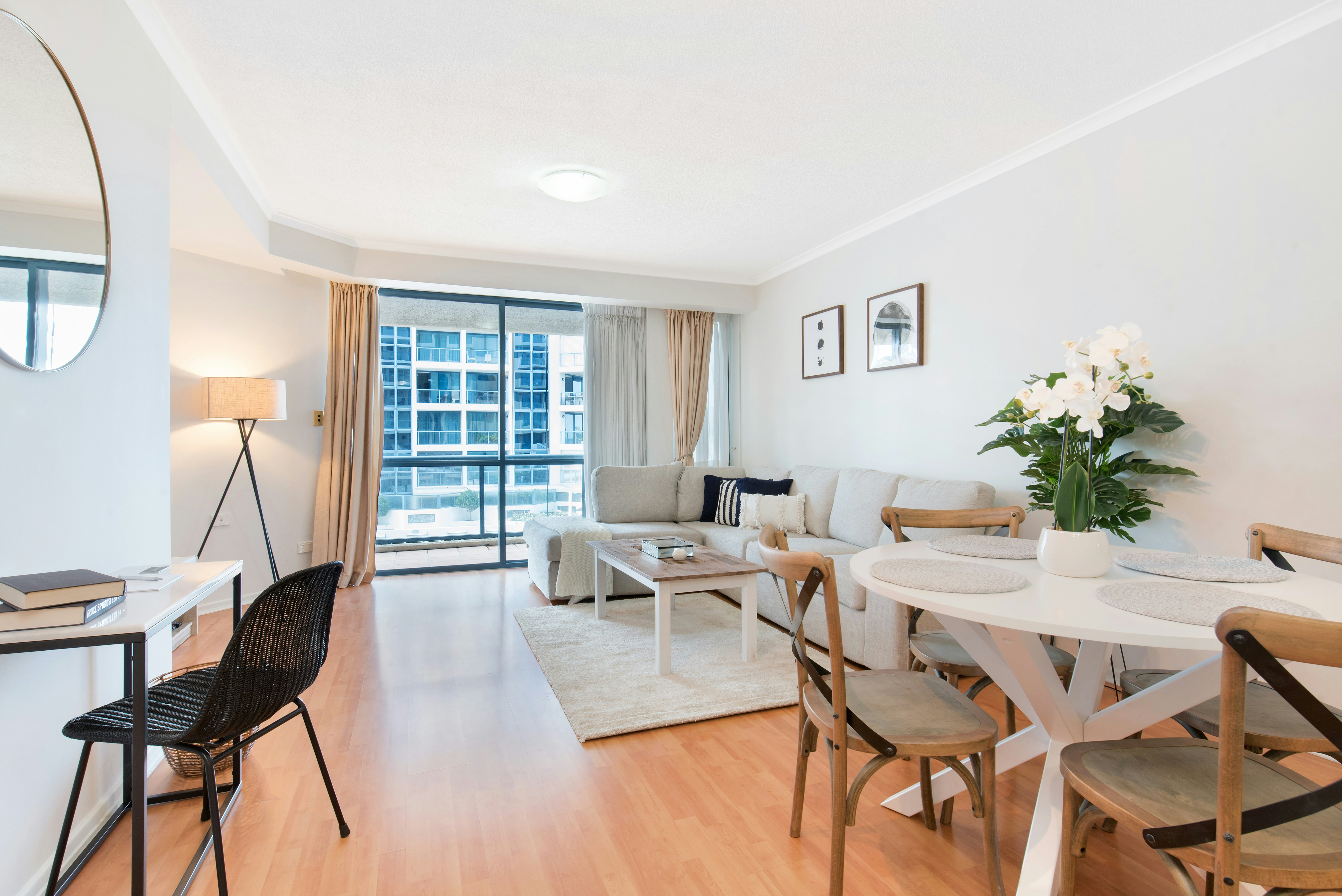
Space is at a premium in London, so open-plan and flexible layouts remain key trends. Knocking through walls to create a combined kitchen–dining–living area is very popular, especially in period houses. But 2025 adds a twist: spaces must serve multiple uses (work, play, dining) at different times. Design trends emphasise zoned openness rather than one huge room. For example, homeowners might:
- Create a kitchen–living combo with an island that seats guests and doubles as a workspace.
- Add pocket doors or sliding screens to partition off a study or snug when needed.
- Include built-in storage (cabinets or benches) in sightlines to clear clutter and maximise every inch.
This approach lets a single open area change function. A dining table might serve as a homework station by day, then clear for dinner guests at night. Designers also use furnishing and colour to define zones: a change in floor finish or a painted half-wall can subtly separate “areas” without full walls. In period conversions, an archway or partial wall often frames the open-plan living space, blending old and new.
London homes are embracing richer colours and patterns. Deep jewel tones and moody accent walls add warmth to open plans. For example, a living area might have a feature wall in olive green or terracotta, set against softer neutrals. Colour experts note a “renaissance” of strong hues for comfort. Terracotta (a warm clay-red) is especially on-trend: it’s being used not just on floors but increasingly on painted walls as a rich neutral. In kitchens, two-tone schemes are popular – say matte navy cabinets with light oak shelving – providing contrast without feeling cold. Overall, 2025 palettes move away from pure minimalism. Instead of plain white walls, many London projects layer textured nudes and earthy tones (such as blush pinks, oatmeals or mossy greens) with tactile materials (bouclé textiles, linen drapes). This creates spaces that feel cosy and lived-in, even in a streamlined, modern layout.
Maximising Space in Period Properties
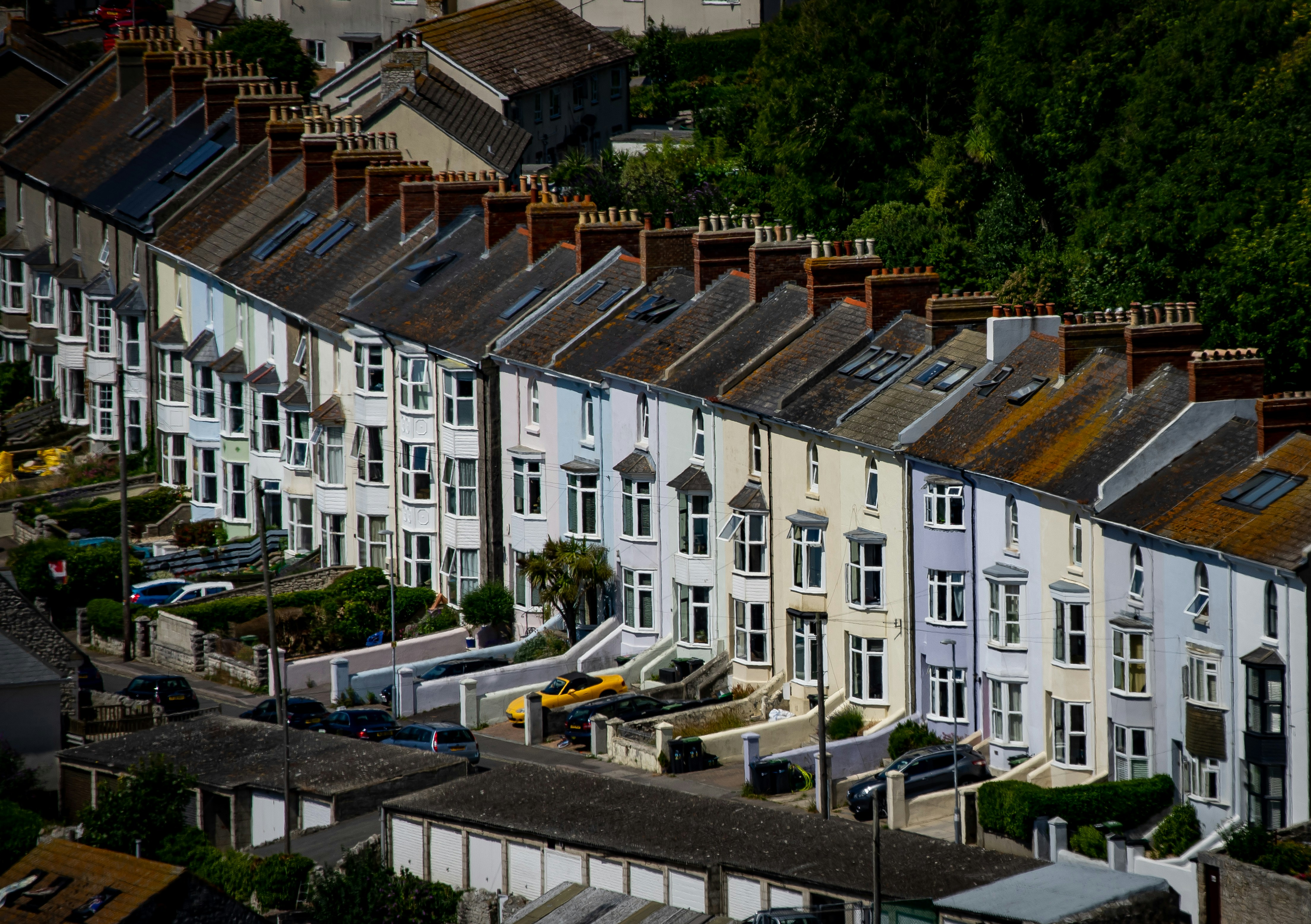
Renovating an old Victorian or Edwardian London house in 2025 means respecting heritage while boosting utility. Builders emphasise retaining character: original cornices, fireplaces and floorboards are restored, while new work is made discreet. Behind the scenes, upgrades are energy-efficient (like insulating the loft above a decorative ceiling). In practice, owners often:
- Preserve decorative details (mouldings, herringbone floors) but install modern bathrooms and kitchens elsewhere in the plan.
- Upgrade systems invisibly: e.g. fitting efficient radiators and lighting that suit the period look.
- Remove non-original partition walls to open up cramped Victorian layouts – for example adding an arch between a separate dining room and living room to improve flow.
- Convert unused attic or basement space: 2025 loft conversions often become home offices, studios or guest bedrooms rather than just extra bedrooms.
These space‑optimising tweaks are crucial in London’s smaller floorplates. Clever built-in cabinets and under-stairs storage help fight clutter. Even in a tight flat, a sliding door can separate a home office from the lounge by day while allowing light through. Overall, the trend is to make every square metre count without stripping out a home’s original charm.
Biophilic Design and Indoor–Outdoor Living
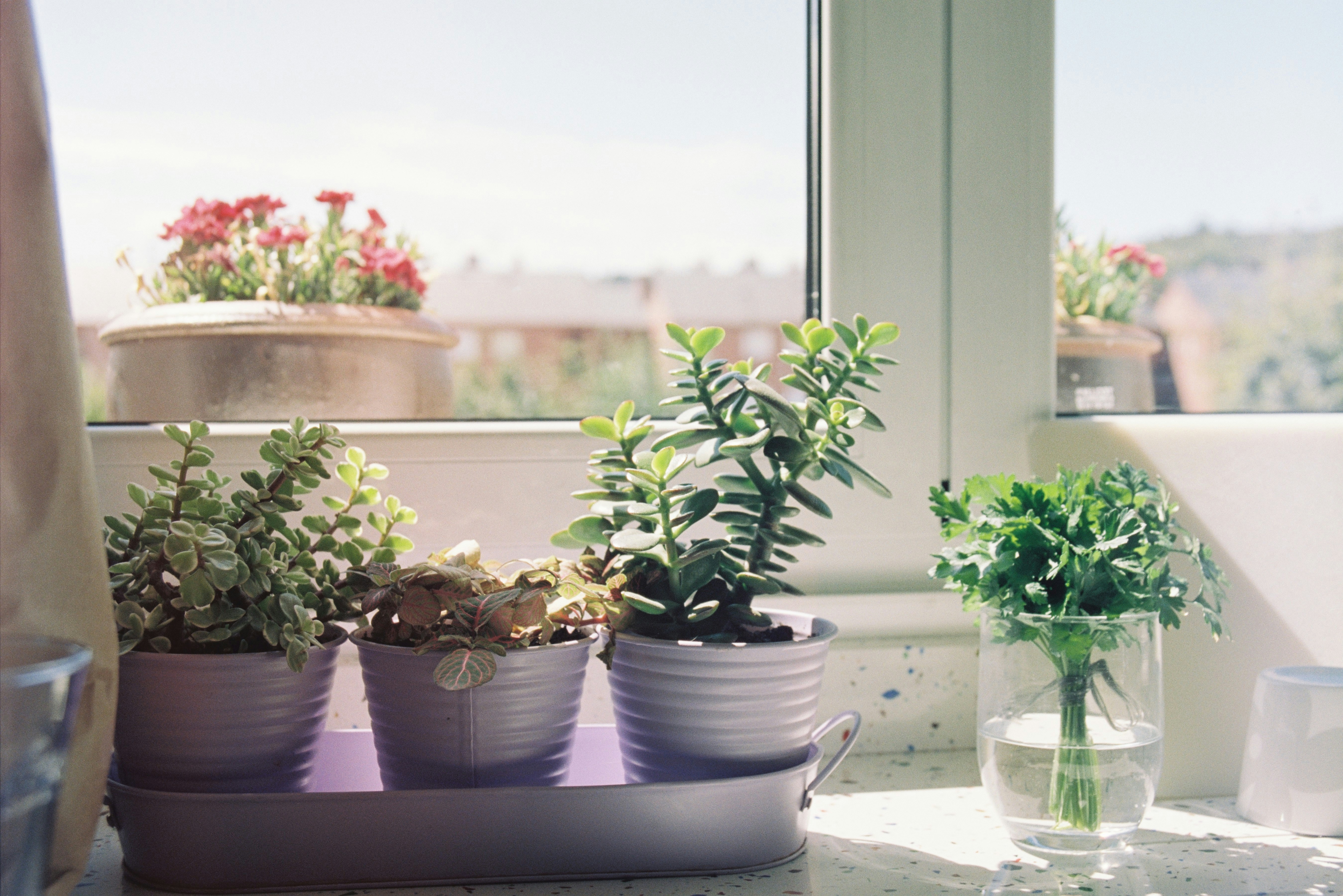
Londoners are bringing nature indoors. Biophilic design – using plants, natural light and raw materials – is on the rise. In practice this means bigger or more windows, and greenery strategically placed. For example, pocket-skin windows (or folding glass doors where space allows) blur the boundary between living room and garden or balcony. Even in city flats, planters and living walls are popular. Key elements include:
- Natural textures and tones: exposed brick, timber ceilings or limestone tiles to evoke the outdoors. Feature walls are often limewashed or clad in wood to add earthy warmth.
- Indoor plants: pots of ferns, trailing ivies or even indoor trees bring life into kitchens and bedrooms. People are “bringing the outside in” to make homes feel relaxing.
- Year-round outside spaces: where possible, adding a pergola or heated canopy in a small courtyard or roof terrace extends living space into colder months. A well‑placed pergola can turn a London garden into an all-season room for dining or relaxation.
This trend has wellbeing benefits too: homes that feel connected to the garden or even just have plenty of plants and natural light tend to feel larger and calmer. Even in tight city homes, a well‑designed plant shelf or window box can give a sense of outdoor continuity.
Natural finishes are also trending. Terracotta, wood and stone feature strongly in 2025 renovations. Old Victorian tiles or oak floorboards are being exposed and celebrated for their patina. In kitchens and bathrooms, terracotta floor tiles are coming back – their warm brick-red hue is both durable and adds colour. Stone worktops and shelving in kitchens, or marble/concrete splashbacks, add a tactile, “earthy” feel. Even if the room is painted in a bold shade, one earthy material is usually included to ground the space (for example a wooden island top in a blue kitchen). Overall, designers say we’re moving toward surfaces that feel handcrafted and unique: rough clay tiles, butcher-block wood and softly polished plaster.
Warm Colour Schemes and Rich Finishes
Alongside natural materials, bold but warm colour palettes are making a statement. Neutral walls are still common, but 2025 sees more feature walls and coloured joinery. For example, a bay-window alcove might be painted in a deep olive or rich terracotta, which pairs well with warm timber floors. Jewel tones (mustard, teal, aubergine) are used sparingly as accents – think a velvet sofa or kitchen island in a vibrant hue. Soft reds, burgundy and earthy yellows are “comeback” colours that bring warmth and nostalgia. Hardware and finishes are also shifting. Curved shapes and arch motifs are appearing in cabinetry and furniture – this gentle geometry adds a retro‑modern feel that suits many London interiors.
In living spaces, mixing textures is key. Plush fabrics like bouclé and wool cushions add softness against smooth walls. Wallpaper with botanical or geometric patterns can act as an accent in a study or bedroom. Even in an otherwise minimalist scheme, a statement rug or a block-colour painted piece of joinery can bring personality. Designers stress you shouldn’t be “too cautious” with colour – a modest splash of strong colour often makes a space feel friendlier. Yet the overall look remains grounded: think “London townhouse” rather than flashy condo. Rich colours and high-contrast textures (for example, matte cabinetry with glossy stone) add interest without overwhelming compact spaces.
Flexible Hybrid Rooms
The multi-use room trend continues from recent years. With many Londoners splitting time between home and office, rooms are designed to do double-duty. Home offices of 2020 are morphing into hybrid dens: part library, part guest room, part lounge. For example, a study might now include a daybed or hidden Murphy bed to serve as an occasional guest bedroom. Designers install clever joinery that conceals wires and screens, so the space looks tidy when in “guest mode”. In another common scenario, a loft or extension might be built as a yoga studio by day and movie room by night. The key is versatility: fold-away desks, sliding doors, and multifunctional furniture. A wall of bookshelves with a flip-down desk is a popular solution.
London projects also embrace simple, calm interiors for these hybrid spaces. After years of highly decorative trends, there’s a move towards pared-back, “simple but not minimalist” aesthetics. This means well-considered spaces with only the essentials on display. The result is a soothing ambience – perfect for a home office that doubles as a reading nook, or a guest space with neutral tones and a few pops of pattern.
Spa-Inspired Bathrooms and Statement Kitchens
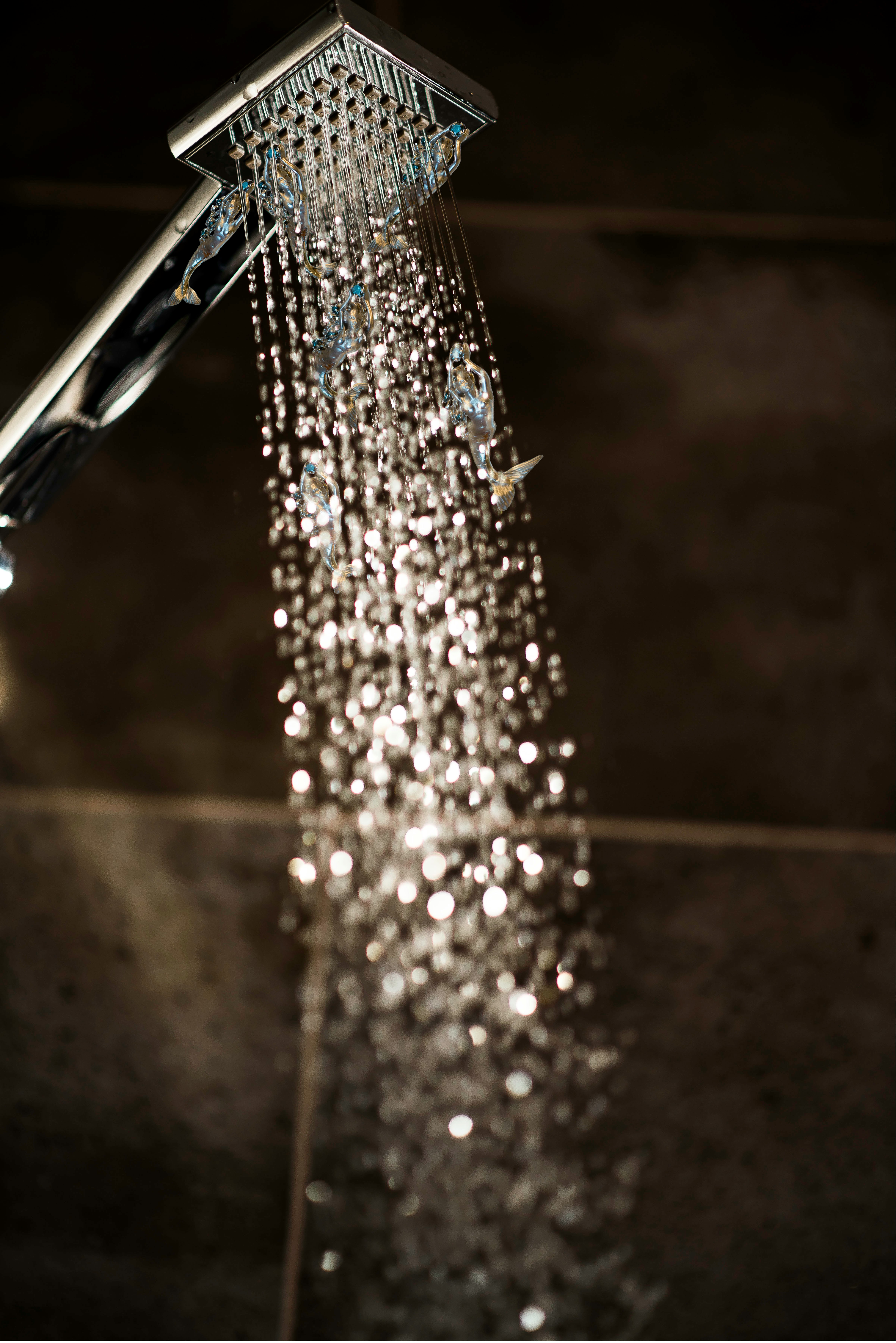
Finally, 2025 renovations continue to give extra attention to bathrooms and kitchens as wellness retreats and social hubs. In bathrooms, the emphasis is on creating a spa-like feel. Wet rooms or large walk-in showers with frameless glass are common, often with rainfall showerheads. Floors are heated for comfort on chilly London mornings, and towel warmers are standard. Materials like marble, terrazzo or stone tiles (in warm grey or beige tones) are used on floors and walls to give a calm, natural look. Freestanding bathtubs and mood lighting (dimmers or colour-adjustable LEDs) complete the relaxing vibe.
Kitchens are likewise becoming more sophisticated. While space planning (see above) matters most, finishes are eye-catching. Popular choices include matte-finish cabinetry paired with natural stone or textured worktops. Concealed (“handle less”) cabinets and integrated appliances give a clean look, while a bold backsplash or a brightly-painted island adds personality. Mixer taps, sinks and lighting fixtures are high-quality and often energy-efficient. Some homeowners are even lining pantries or shelving cabinets with LED strips for both utility and atmosphere. The overall effect in 2025 is that kitchens and bathrooms feel custom-designed and cohesive with the home’s style: luxurious yet practical.
Easy steps to create a color palette
Lorem ipsum dolor sit amet, consectetur adipiscing elit lobortis arcu enim urna adipiscing praesent velit viverra sit semper lorem eu cursus vel hendrerit elementum morbi curabitur etiam nibh justo, lorem aliquet donec sed sit mi dignissim at ante massa mattis.
- Neque sodales ut etiam sit amet nisl purus non tellus orci ac auctor
- Adipiscing elit ut aliquam purus sit amet viverra suspendisse potent
- Mauris commodo quis imperdiet massa tincidunt nunc pulvinar
- Excepteur sint occaecat cupidatat non proident sunt in culpa qui officia
What is a color palette?
Vitae congue eu consequat ac felis placerat vestibulum lectus mauris ultrices cursus sit amet dictum sit amet justo donec enim diam porttitor lacus luctus accumsan tortor posuere praesent tristique magna sit amet purus gravida quis blandit turpis.

Don’t overspend on growth marketing without good retention rates
At risus viverra adipiscing at in tellus integer feugiat nisl pretium fusce id velit ut tortor sagittis orci a scelerisque purus semper eget at lectus urna duis convallis porta nibh venenatis cras sed felis eget neque laoreet suspendisse interdum consectetur libero id faucibus nisl donec pretium vulputate sapien nec sagittis aliquam nunc lobortis mattis aliquam faucibus purus in.
- Neque sodales ut etiam sit amet nisl purus non tellus orci ac auctor
- Adipiscing elit ut aliquam purus sit amet viverra suspendisse potenti
- Mauris commodo quis imperdiet massa tincidunt nunc pulvinar
- Adipiscing elit ut aliquam purus sit amet viverra suspendisse potenti
What’s the ideal customer retention rate?
Nisi quis eleifend quam adipiscing vitae aliquet bibendum enim facilisis gravida neque euismod in pellentesque massa placerat volutpat lacus laoreet non curabitur gravida odio aenean sed adipiscing diam donec adipiscing tristique risus amet est placerat in egestas erat.
“Lorem ipsum dolor sit amet consectetur adipiscing elit, sed do eiusmod tempor incididunt ut labore et dolore magna aliqua enim ad minim veniam.”
Next steps to increase your customer retention
Eget lorem dolor sed viverra ipsum nunc aliquet bibendum felis donec et odio pellentesque diam volutpat commodo sed egestas aliquam sem fringilla ut morbi tincidunt augue interdum velit euismod eu tincidunt tortor aliquam nulla facilisi aenean sed adipiscing diam donec adipiscing ut lectus arcu bibendum at varius vel pharetra nibh venenatis cras sed felis eget.
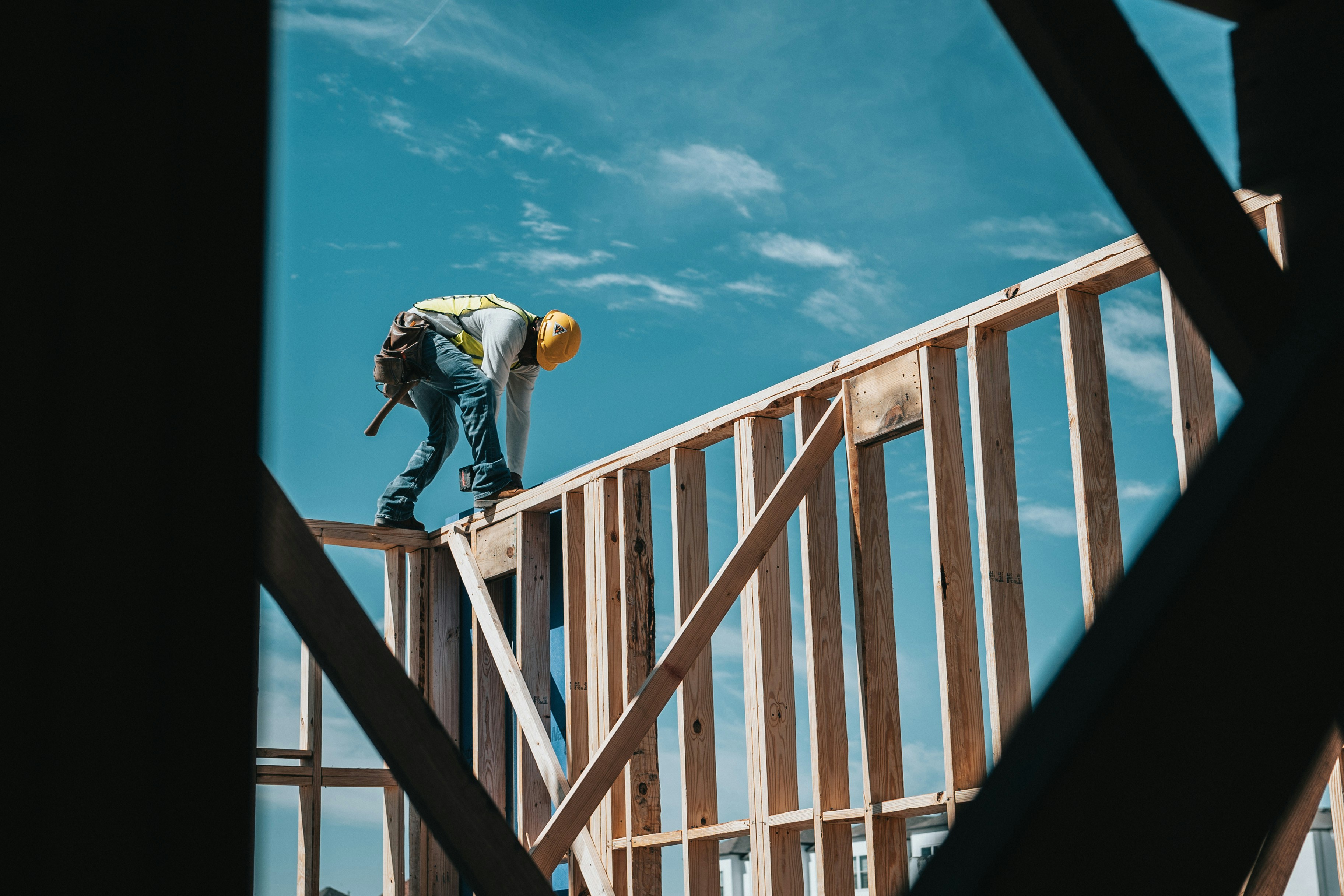

.png)